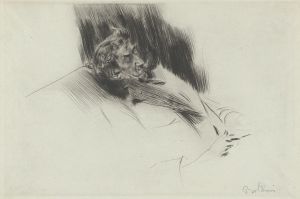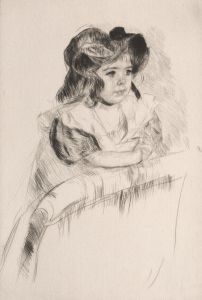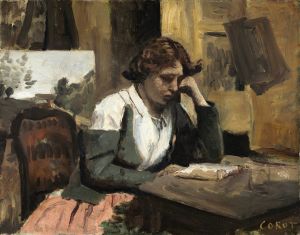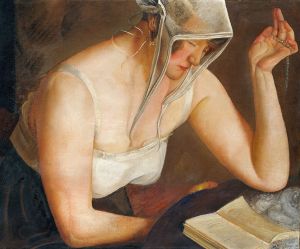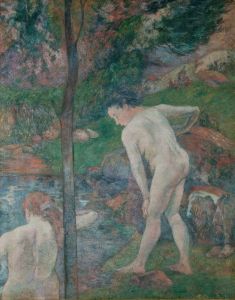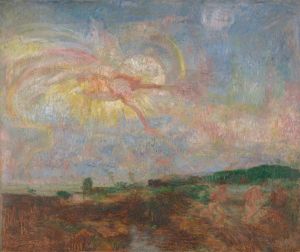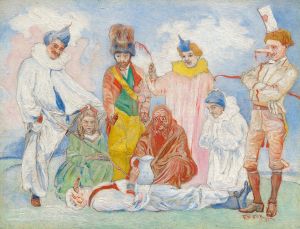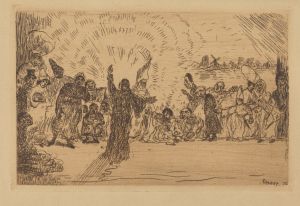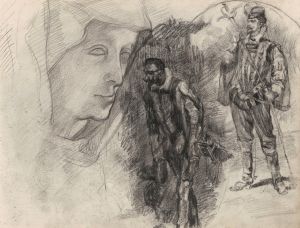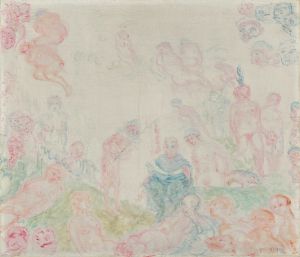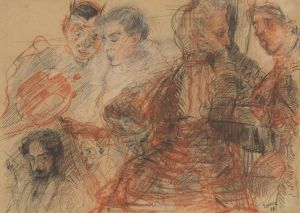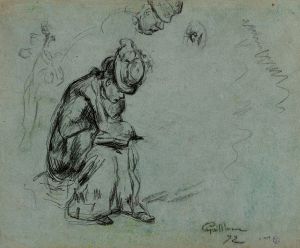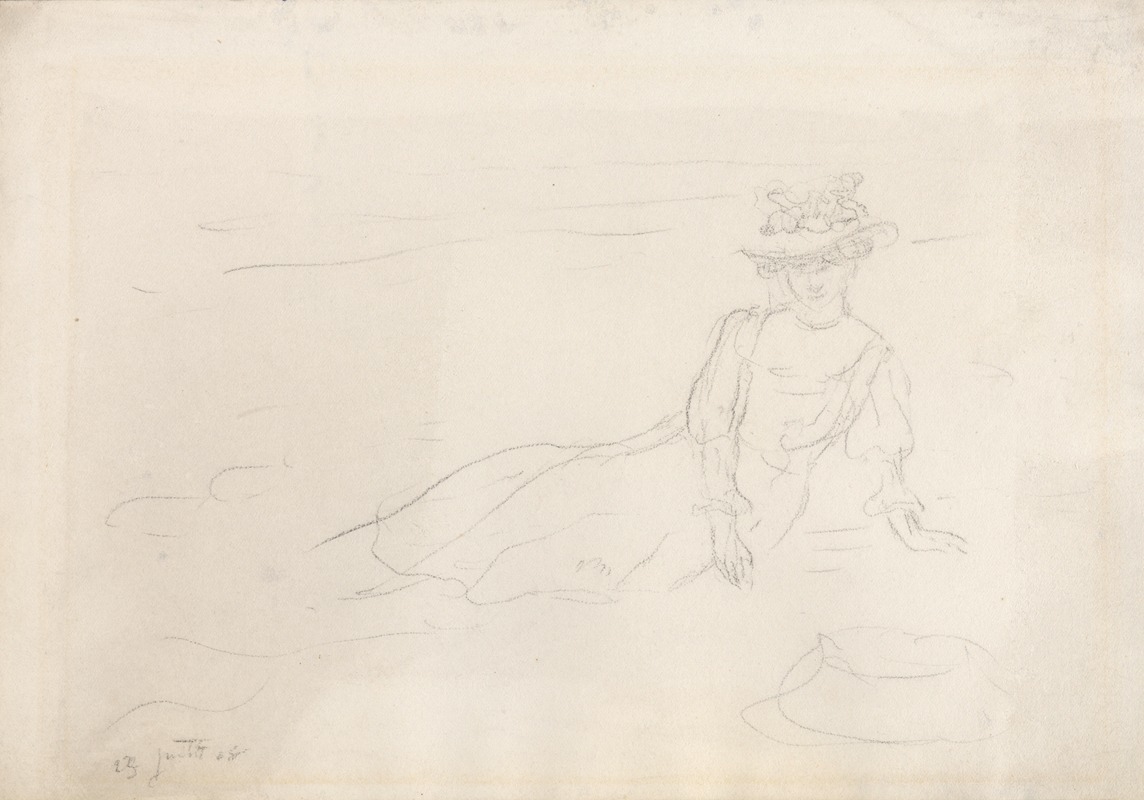
Liggende vrouw
A hand-painted replica of James Ensor’s masterpiece Liggende vrouw, meticulously crafted by professional artists to capture the true essence of the original. Each piece is created with museum-quality canvas and rare mineral pigments, carefully painted by experienced artists with delicate brushstrokes and rich, layered colors to perfectly recreate the texture of the original artwork. Unlike machine-printed reproductions, this hand-painted version brings the painting to life, infused with the artist’s emotions and skill in every stroke. Whether for personal collection or home decoration, it instantly elevates the artistic atmosphere of any space.
James Ensor, a prominent Belgian painter and printmaker, is known for his unique style that blends elements of symbolism, expressionism, and surrealism. His work often features grotesque imagery, masks, and skeletons, reflecting his fascination with the macabre and the absurd. One of his lesser-known works is "Liggende vrouw," which translates to "Reclining Woman."
"Reclining Woman" is an intriguing piece that showcases Ensor's distinctive approach to art. While specific details about the painting's creation and history are limited, it is consistent with Ensor's broader body of work, which frequently explores themes of mortality, identity, and the human condition. Ensor's paintings often challenge traditional artistic norms and invite viewers to engage with complex and sometimes unsettling subject matter.
Ensor was born in Ostend, Belgium, in 1860, and spent much of his life there. His upbringing in a coastal town, combined with his exposure to the eclectic wares in his family's curiosity shop, significantly influenced his artistic vision. Ensor's early works were primarily landscapes and still lifes, but he gradually shifted towards more imaginative and symbolic compositions.
Throughout his career, Ensor was associated with the avant-garde group Les XX (The Twenty), which included artists who were pushing the boundaries of conventional art in Belgium. His involvement with this group helped him gain recognition and provided a platform for his unconventional ideas.
Ensor's work is characterized by its bold use of color and intricate detail. He often employed a vibrant palette, which can be seen in many of his paintings, including "Reclining Woman." This use of color, combined with his unique subject matter, creates a sense of otherworldliness and emotional intensity.
Despite his innovative approach, Ensor faced criticism and resistance from the traditional art establishment during his lifetime. However, he continued to pursue his artistic vision, and his work eventually gained international acclaim. Today, Ensor is regarded as a pioneer of modern art, and his influence can be seen in the works of later artists, including the surrealists.
"Reclining Woman" exemplifies Ensor's ability to blend realism with fantastical elements. While the painting's specific details and context remain elusive, it is a testament to Ensor's skill in capturing the complexities of human emotion and experience. His work continues to be celebrated for its originality and depth, and "Reclining Woman" is a part of this enduring legacy.
In summary, James Ensor's "Reclining Woman" is a reflection of his innovative style and thematic interests. Although detailed information about the painting is scarce, it remains an important piece within Ensor's oeuvre, illustrating his contribution to the evolution of modern art. Ensor's legacy endures through his ability to challenge viewers and provoke thought, making his work as relevant today as it was during his lifetime.





